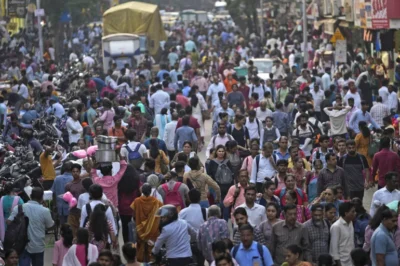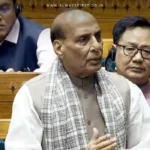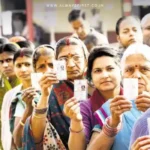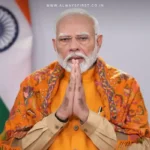
Introduction
India’s population has reached 1.46 billion in 2025, making it the most populous country globally. However, a significant demographic shift accompanies this growth: the nation’s fertility rate has fallen below the replacement level. The United Nations Population Fund’s (UNFPA) 2025 State of World Population Report highlights this trend, indicating that, on average, Indian women are having fewer than 2.1 children, the benchmark needed to maintain a stable population in the long term.
Fertility Rate Decline
The Total Fertility Rate (TFR) in India has decreased to 1.9, down from 2.0 in 2021. This decline signifies a substantial change from previous decades when fertility rates were higher. Urban areas are experiencing even more pronounced drops, with TFRs ranging between 1.6 and 1.7. Factors contributing to this decline include delayed marriages, increased participation of women in the workforce, and greater access to education and family planning services.
Regional Variations
While southern states like Kerala, Tamil Nadu, and Andhra Pradesh have seen fertility rates decline below replacement levels, northern states such as Uttar Pradesh, Bihar, and Jharkhand maintain higher fertility rates. This regional disparity poses challenges in formulating uniform policies to address the nation’s demographic changes.
Implications for Population Structure
The decreasing fertility rate suggests that India’s population may peak at approximately 1.7 billion around 2065 before beginning to decline. This shift will lead to an aging population, with the proportion of individuals aged 60 and above expected to increase significantly. By 2050, over 20% of India’s population is projected to be elderly, raising concerns about healthcare, pensions, and social support systems.
Economic Considerations
An aging population can strain economic resources. A smaller working-age population may result in labour shortages, reduced economic productivity, and increased pressure on social welfare programs. Unlike developed nations that experienced population aging with higher per capita incomes, India faces the challenge of aging without the same economic advantages, potentially leading to the middle-income trap.
Policy Recommendations
To address these demographic changes, experts recommend several measures:
- Enhancing Reproductive Health Services: Improving access to family planning and fertility treatments can help individuals make informed decisions about childbearing.
- Implementing Family-Friendly Policies: Policies that support work-life balance, such as paid parental leave and affordable childcare, can encourage higher fertility rates.
- Raising Awareness: Educating the public about the implications of declining fertility and the importance of family planning can promote informed decision-making.
- Investing in Elderly Care: Developing infrastructure and services to support an aging population is crucial to ensure the well-being of senior citizens.
Conclusion
India’s demographic landscape is undergoing a significant transformation. While the country continues to have a large population, the declining fertility rate signals a shift towards an aging society. Addressing the challenges and opportunities presented by these changes requires proactive policies and investments in healthcare, education, and social support systems. By planning for the future, India can navigate this demographic transition successfully and maintain sustainable economic growth.








































Leave a Reply